When we think of swimming pools, the mind often conjures pristine blue waters reflecting a serene sky, flanked by sleek, modern designs and the promise of ultimate relaxation. But a new trend is redefining this vision—natural swimming pools. These eco-friendly havens use aquatic plants and biofilters to maintain crystal-clear water, blending seamlessly into their surroundings while offering a sustainable, chemical-free experience. It’s a refreshing shift from conventional luxury to a harmonious connection with nature.
Locals told me this is their “swimming pool,” which completely overturned my understanding of water.

The Ganges: The Holy Mother River, Dirty Enough to Make You Want to Run
The Ganges, as the mother river of India, holds an irreplaceable position in the hearts of Hindus. So, they dive headfirst into this murky river, finding their so-called “spiritual purification” within.
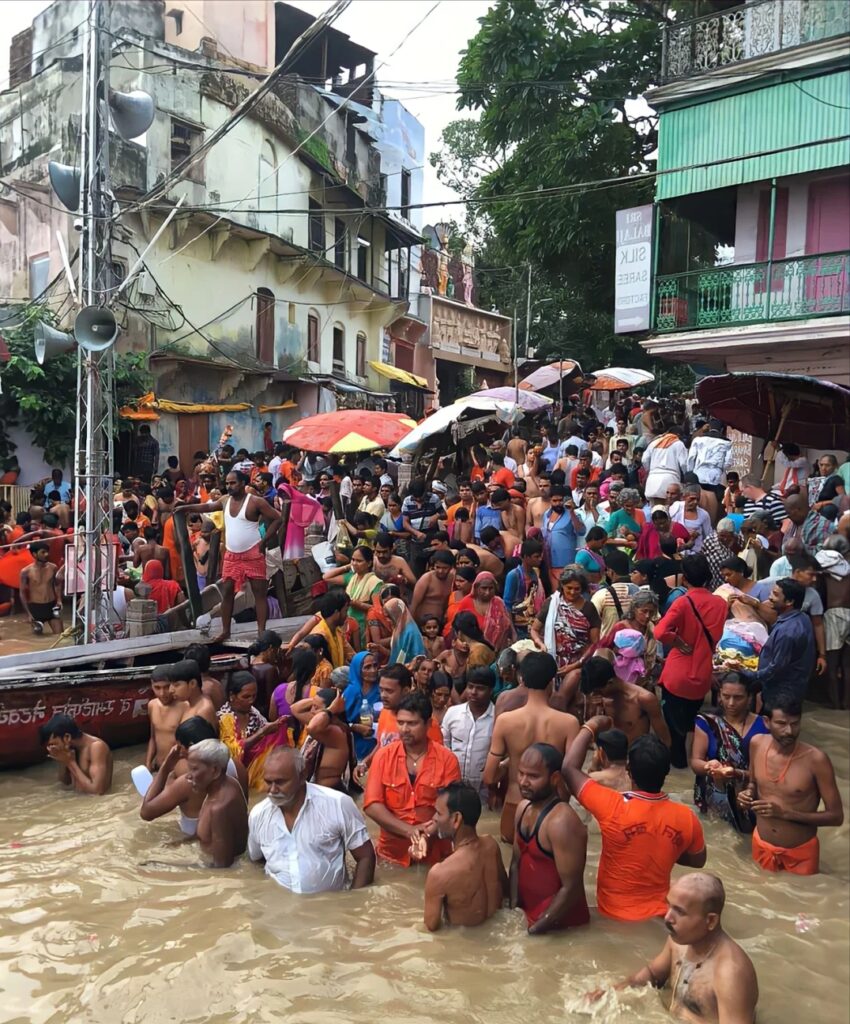
However, look at these devout believers; they still don’t give up on their “bathing” ceremony in the Ganges. Some even dare to jump into the water and scoop it up with cups to drink.
Faith-Driven “Water World”
This reminds me of something; the power of faith is really strong, but how strong is it? Some things are simply beyond judgment.

For them, this is divine favor, believing in the magical power of the Ganges to bring good luck, ward off diseases, and disasters.
As for us outsiders, no matter how we look at it, this water seems dirtier than flatulence, but in their eyes, this water is the “elixir” that cleanses all souls
As for the chemical waste, garbage, and corpses, they are all considered “sacred baptism,” elevating their faith.
Would you think this is really their “spiritual holy land”? But it’s fine, if not, maybe they wouldn’t even be able to unleash the power of their faith.
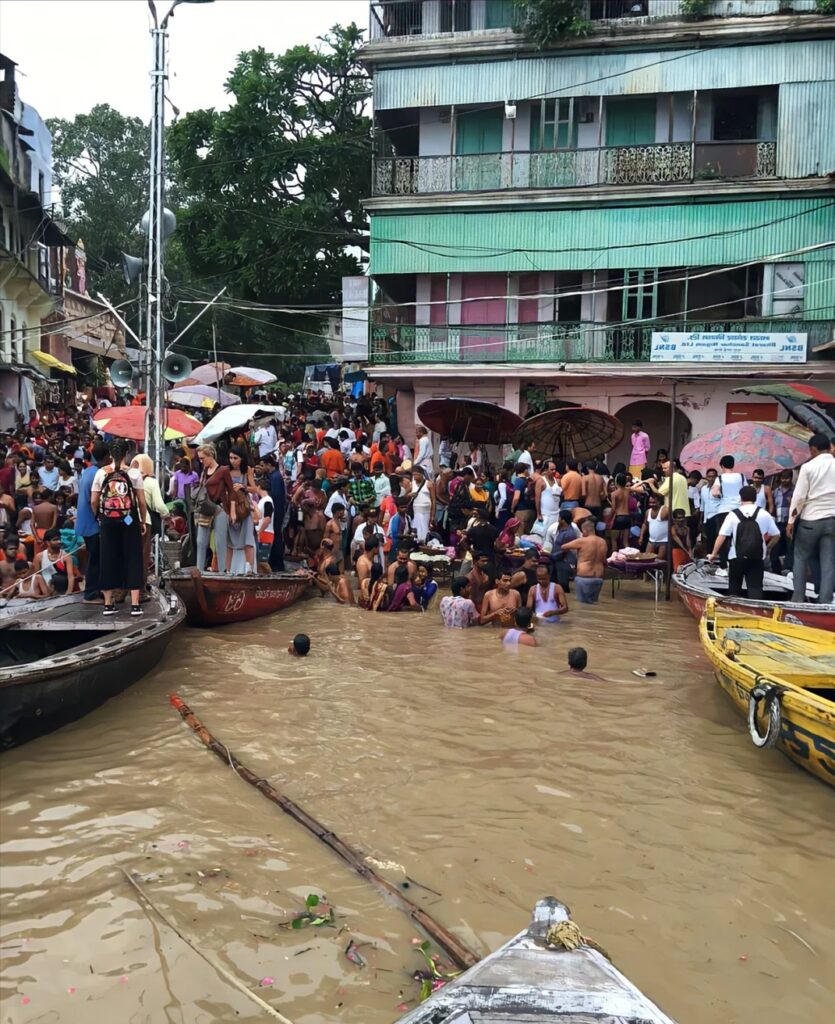
Kumbh Mela, the Baptism of Faith
If you’ve ever seen India’s “Kumbh Mela,” you might think it’s like a scene from an absurd comedy.
Held every four years in four cities, the festival’s origins trace back to a story of “gods spilling nectar.”
To put it plainly, one day, these gods were working above the earth when a bottle of immortality elixir accidentally fell, dripping into the rivers of these four cities.
As a result? These river waters turned into “holy water.” Every Kumbh Mela, pilgrims flock here, lying in the river, washing themselves with all their might, hoping to wash away all the dirt, even taking some water home for “nourishment.”


Word Turned
After a “world turned upside down,” the Ganges water turns into a “foam factory,” with foam almost overflowing, making it seem like not only sins are being washed away but even the water itself is turning into a “foam party.”
Every time after the festival, especially when the monsoon arrives, the pollution levels of the Ganges skyrocket.
The content of bacteria and heavy metals is much higher than safe standards.
In fact, earlier statistics showed that the E. coli count in the Ganges water was 200 times the normal level!
Don’t believe me? You can taste it yourself, although you might immediately get diarrhea, not even having time to “wash away sins.”
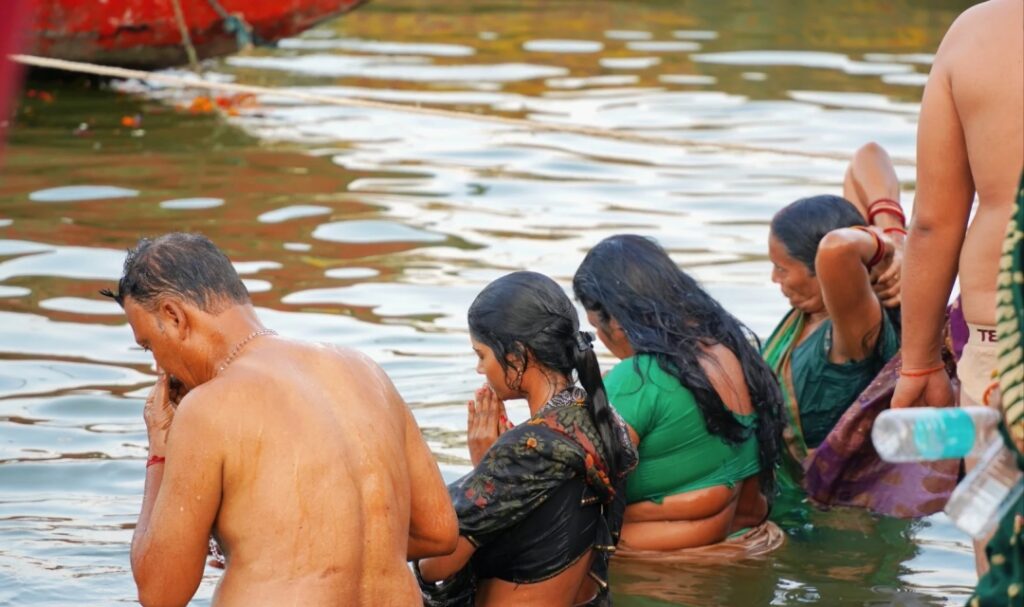
The Collision of the Sacred and Reality in the Ganges
For Indians, the Ganges is not just a flow of water.
The Difficult Journey of Ganges Cleanup: The “Life Crisis” of the Holy River
Can you imagine, the Ganges has been through over a hundred years of pollution control battles?
Yes, you heard that right.The result? A huge “blank check.”
From the British Era to the “Lifeline” After Independence
Do you think India knew how to manage the environment from the start? Haha, that’s wishful thinking.
In fact, even during the British colonial period, India began efforts to control Ganges pollution.
As for the control measures? It was like “treating the disease without looking at the illness”—proposing a bunch of laws, but these laws were like drawing a pie in the sky, with no substantial content.
Back then, the British might have thought, “We’re too busy exploiting resources to care about your river.”
After India gained independence, the situation didn’t improve.
The pollution of the Ganges worsened, like an old man with a chronic illness, no one taking care, no one willing to act, just a lot of “hypocritical” regulations on their lips.
In 1986, the Indian Prime Minister finally couldn’t sit still and launched the “Ganges Action Plan,” a grand project, saying “we want to purify the holy river,” but in reality, the “effect was far from satisfactory,” like giving an injection without watching diet or rest, nothing got done.
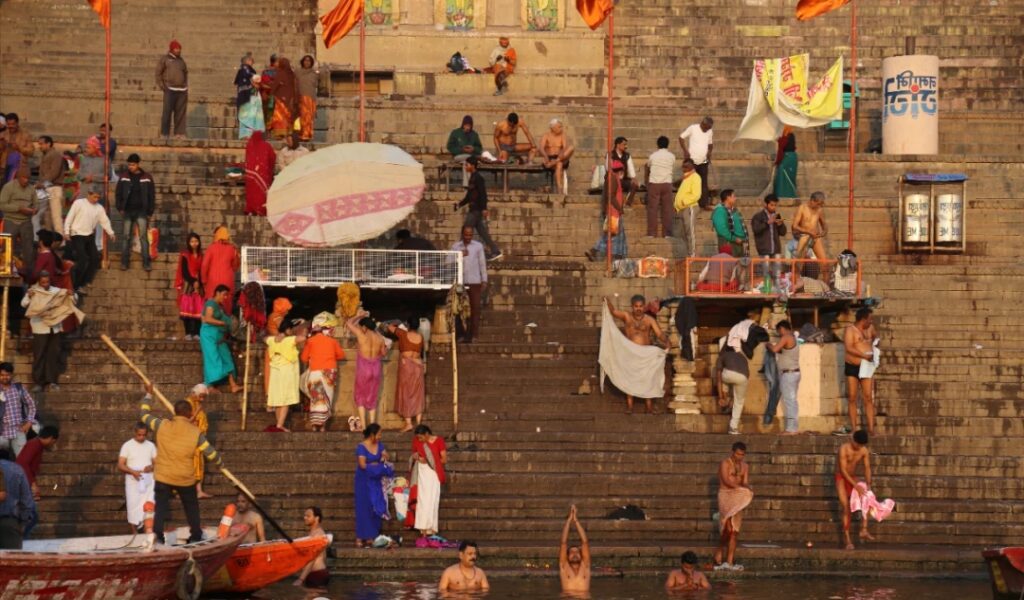
Reform Plans, but People Still Do As They Please
In this farce of Ganges cleanup, the most shocking thing is the Indian people’s “special attitude” towards the Ganges.
Do you know what their reaction is? Simple and straightforward: “We worship it, no matter how dirty it is. This “brainwashing worship” and the “helpless fate” of the river form a stark contrast.
Even local residents say: “With so much dirt in the Ganges water, isn’t that a kind of ‘magical’ experience?”
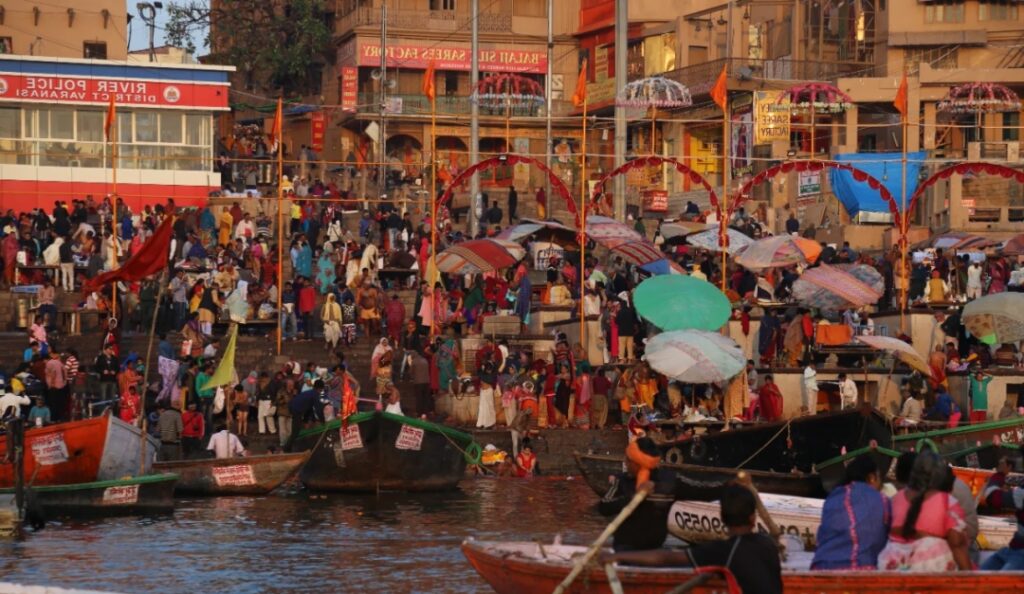
The Outcome? Even More Absurd
When you think everything has reached an irreparable point, the Indian government comes up with an “astonishing move”—in 2020, Prime Minister Modi announced that the pollution problem of the Ganges “is finally going to be solved”!
To achieve this grand goal, the Indian government “allocated 200 billion rupees,” but the actual amount invested in cleanup work was less than a quarter of the total.
This trick familiar, right? Like those people who announce million-dollar projects in meetings, only to end up with “tangible” results like a few potatoes.
In short, most of the cleanup plans ended up as talk on paper.
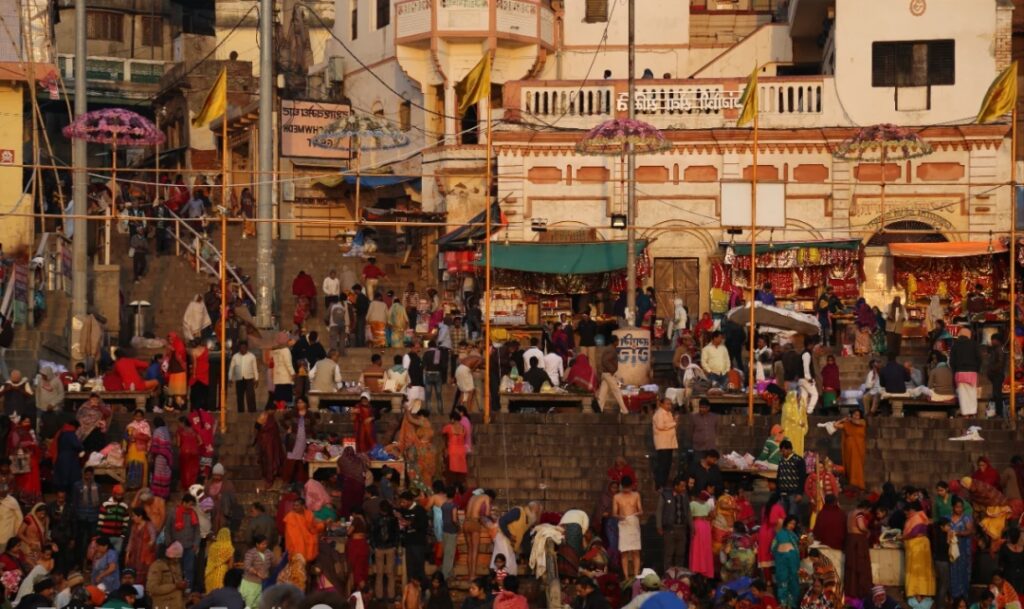
Temporary Purification: The “Unexpected Gift” During the Epidemic
Speaking of Ganges purification, hey, there’s an “interesting interlude.”
Back when the global COVID-19 epidemic broke out, India announced a lockdown.
As a result, all believers dared not go to the river to bathe or worship, giving the Ganges a “rare break.”
Yes, during the lockdown, the water quality of the Ganges unexpectedly improved, with a slight decrease in pollution levels, comparable to an old lady with a chronic illness suddenly getting a brief respite, but alas, this gift didn’t last long.
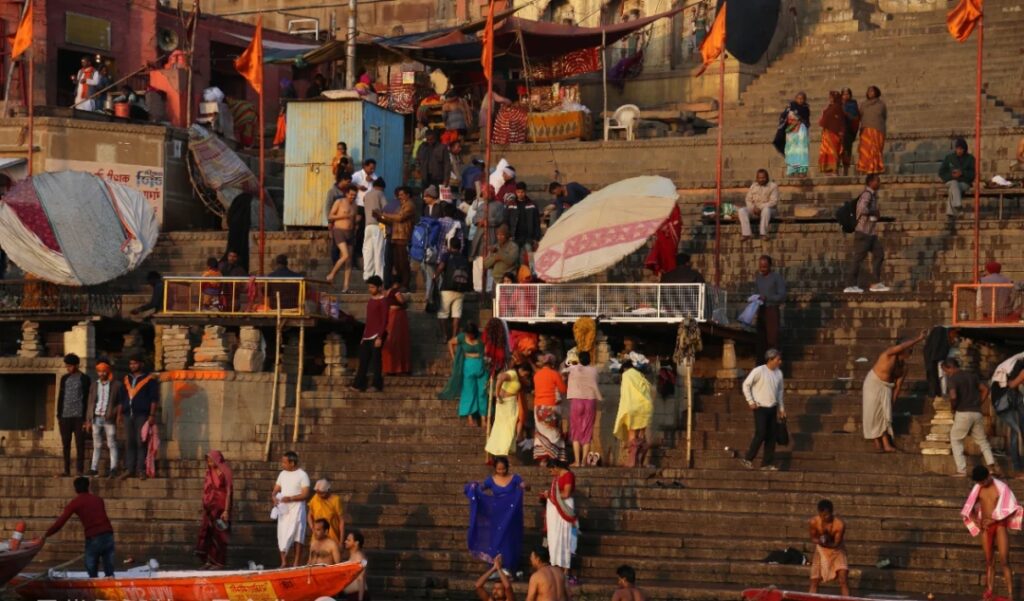
Efforts in environmental management ultimately face the “nail” of culture, with conflicts between governance and faith hard to reconcile.

















